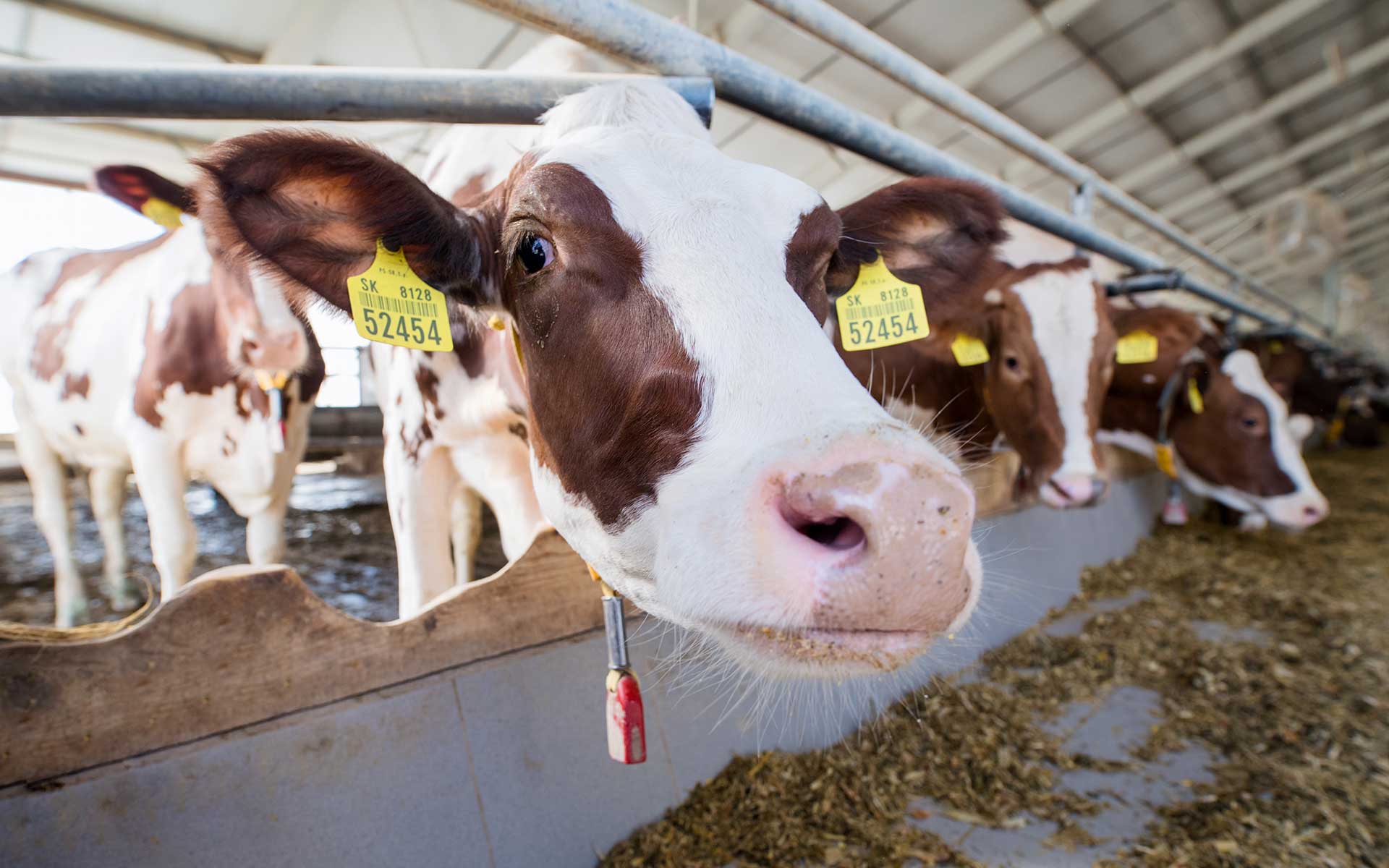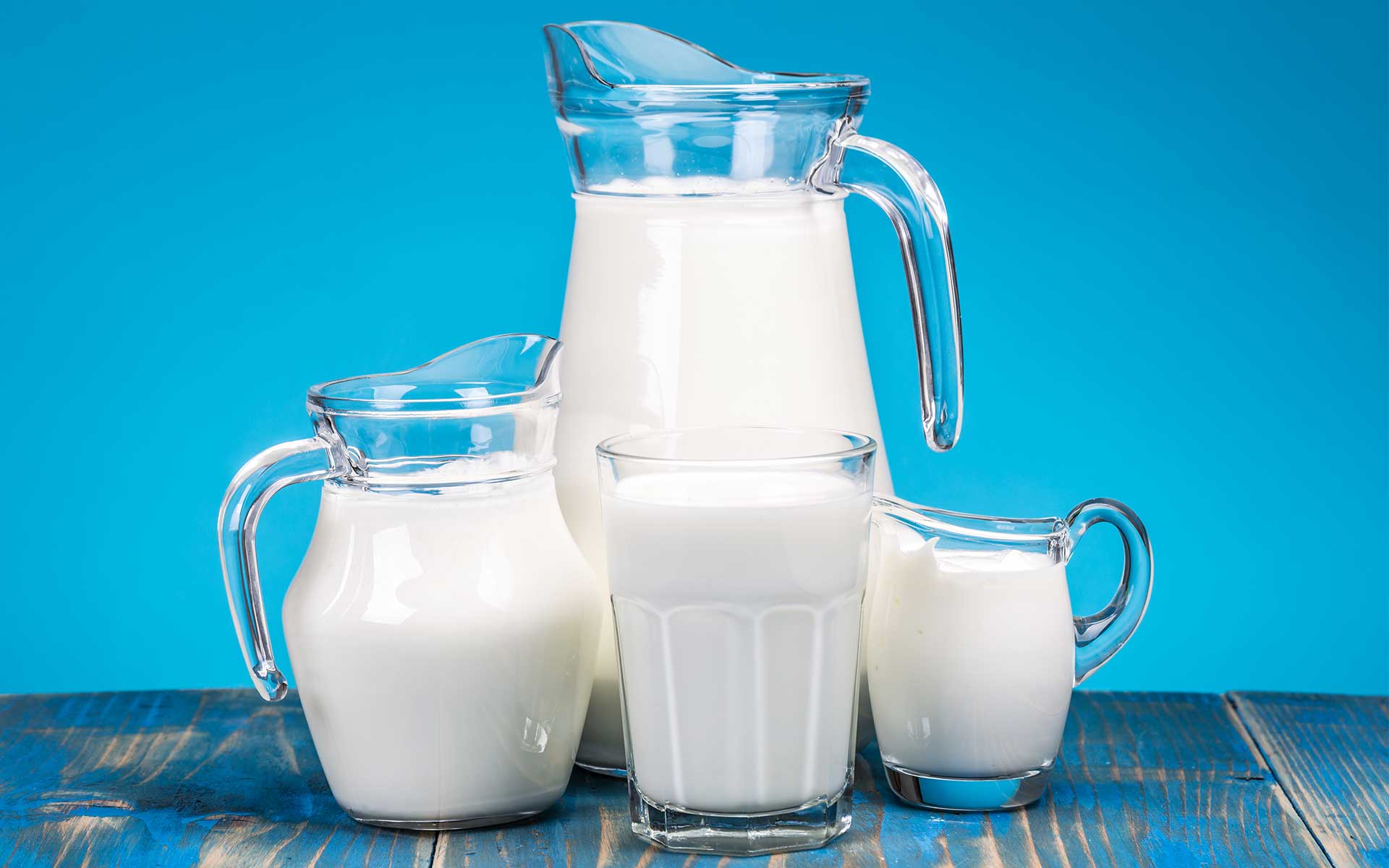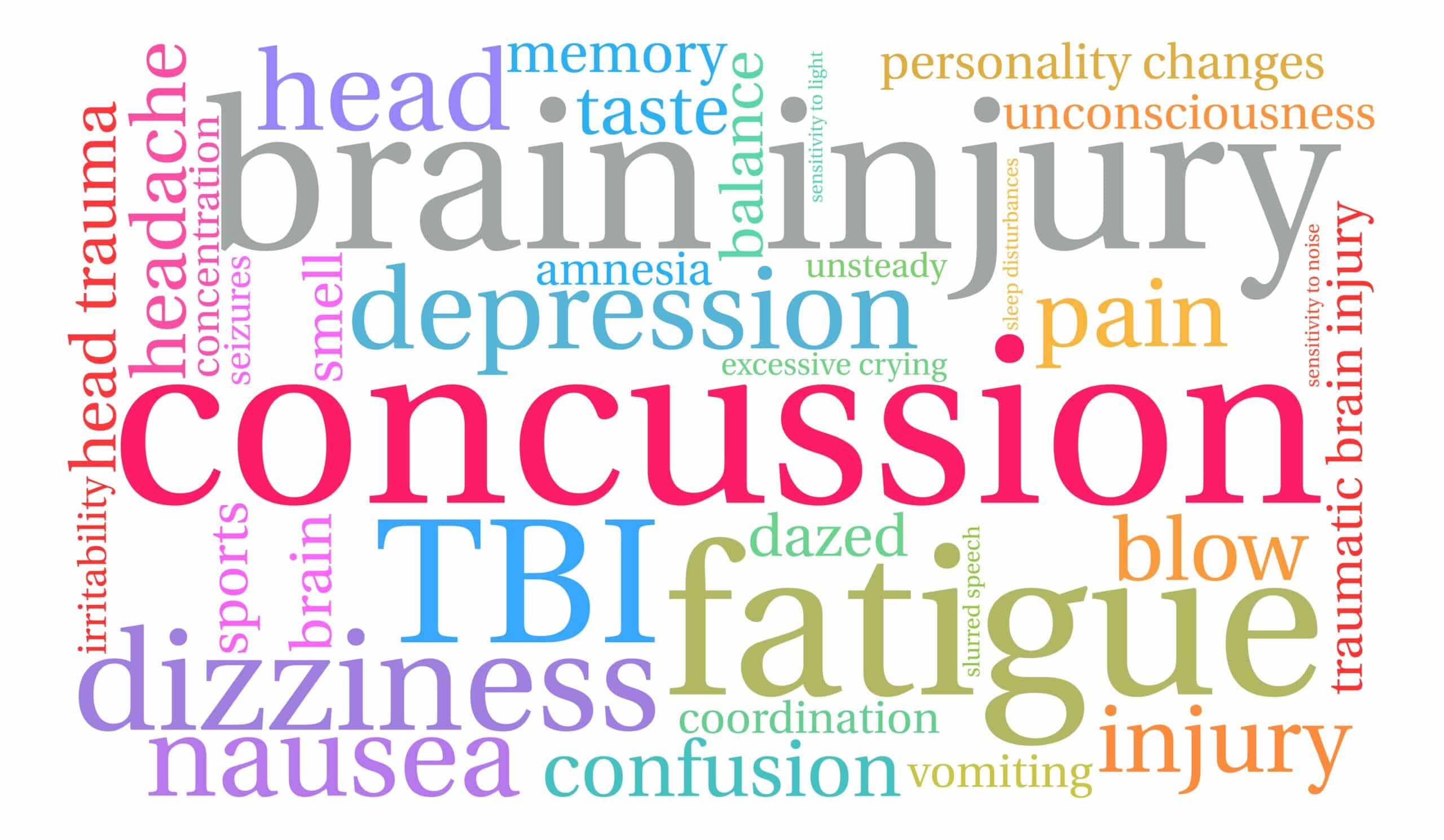After its $200 million campaign suggesting milk drinking aided in weight loss failed to gain traction, and a review of 41 randomized clinical trials, including a Harvard Medical School study, demonstrated it did nothing of the sort, the dairy industry proceeded to spin a new, albeit short-lived, tale.
The “Everything I Do Is Wrong” Campaign
The latest claim to come from the dairy myth mill was found in the California Milk Processor Board’s recent “Everything I Do Is Wrong” campaign. This campaign presented puzzled-looking men attempting to decode their partners’ communications, and suggested that men are the real victims of PMS. The Internet, radio, and billboard campaign, which aimed to prompt men to buy more milk for their wives and girlfriends, stated that milk “can help reduce the symptoms of PMS.”
The promotion, which was abandoned only a week after it appeared, drew sharp criticism because of its offensive portrayal of women suffering from PMS and its inherent sexism. But there was another fundamental problem with the campaign. As was the case with the weight loss assertion, there’s simply a dearth of scientific evidence to support the claim.

The Lack of Evidence for Milk
Indeed, even the few studies that have shown improvements in PMS symptoms in some women given calcium supplements offer little reason for women in general to turn in the direction of greater milk consumption. One example is a 1998 study of 466 women published in the American Journal of Obstetrics and Gynecology and funded by SmithKline Beecham, the makers of calcium fortified-Tums. The study found that participants reported a 48 percent reduction in PMS symptoms after taking 1,200 milligrams of calcium as a daily supplement over a period of 3 menstrual cycles. Noteworthy is the fact that those participants who were given a placebo (a dummy pill with no medicinal value) still reported a 30 percent reduction in PMS symptoms. And many women see no relief in calcium-heavy remedies, and some suffer so much that they require pain medication.
“Milk is the last thing I would recommend to women with PMS,” said Christiane Northrup, M.D., a board-certified gynecologist and bestselling author of Women’s Bodies, Women’s Wisdom. “In my clinical experience,” said Dr. Northrup, “milk and dairy consumption are often associated with an increase in PMS and menstrual cramps. There is absolutely no evidence that I’m aware of that drinking milk actually improves any aspect of a woman’s menstrual cycle. It’s just the opposite.”

Estrogen, PMS Symptoms, and Cow’s Milk
PMS symptoms are believed for many but not all women to be a result of estrogen dominance (over progesterone), and adding more of the female hormone estrogen to the body may only magnify this imbalance. Although most consumers are completely unaware of it, cow’s milk contains up to 59 different hormones and growth factors, including estrogen, elements that have the potential to negatively affect the menstrual cycle and accompanying symptoms. In fact, cow’s milk is the source of up to 80 percent of the estrogen women consume.
Compounding this concern is the fact that, unlike other nations, American dairy operations tend to milk cows throughout their pregnancy and there’s a dramatic difference between the milk derived from a cow that isn’t pregnant and one that is. Milk taken from a cow in late-stage pregnancy may have up to 33 times more estrogen than that taken from a non-pregnant cow.
Estrogen builds up the endometrial cells that line the uterus in preparation for embryo implantation. These cells make prostaglandins, powerful compounds that play a role in blood vessel constriction and muscle (uterine) contraction, and may also play a role in feelings of nausea and headaches. During menstruation, the endometrial cells release their prostaglandins.
Women who suffer greater levels of pain during menstruation have been found to produce higher levels of prostaglandins. Women who have higher levels of estrogen may build a thicker layer of endometrial tissue and therefore have more tissue to shed in the menstrual flow. This also means that they produce more prostaglandins and potentially suffer more of the symptoms these compounds evoke.
We know that high-fat foods raise estrogen levels, whereas low-fat foods lower them. It’s that simple. While dairy foods contain a payload of hormones and growth factors, they are also often high in fat, and dietary fat itself can boost estrogen levels, which subsequently may contribute to more menstrual symptoms.

Reducing Dietary Fat Intake and Increasing Fiber
The more meats, milk, cheese, butter, and oil a woman eats, the more likely her estrogen levels are to rise. Conversely, women who choose a diet of plant-based low-fat, high-fiber foods see a significant drop in their estrogen levels. By eliminating high-fat foods from the diet, women can reduce their estrogen levels in a relatively short period of time. Research reported in the Journal of the National Cancer Institute revealed that women who followed a low-fat diet were able to reduce their estrogen levels by 17 percent in just 10 to 22 weeks. Other research at UCLA showed a 20 percent reduction in estrogen levels when women sharply reduced dietary fat intake.
Moreover, milk is devoid of fiber, which plays an important role in hormone balance. When estrogen is no longer needed, it’s sent to the digestive tract via the bile ducts, where it binds with fiber and is escorted out of the body along with waste. But if there isn’t adequate fiber available, the estrogen can become reabsorbed and return to the bloodstream, raising levels higher.

The Importance of Exercise
In its short-lived “Everything I Do Is Wrong” campaign, the dairy board forgot to mention another important piece to reducing symptoms of PMS — exercise. We have known for a long time that exercise makes people feel better, in part because it stimulates the release of brain chemicals called endorphins, and exercise can also play an important role in reducing symptoms of PMS. Exercise exerts its influence by shortening the luteal phase of the menstrual cycle, when more estrogen is produced, and lengthening the follicular phase, when less estrogen is produced, resulting in an overall reduction in estrogen. Thirty minutes of exercise daily may be all it takes.
Making a Real Difference
For the dairy board to make fun of women who are authentically suffering from debilitating symptoms of a well-known syndrome seems egregious enough. But telling them to consume a cocktail of bovine hormones and growth factors as a means of controlling their symptoms seems downright reckless, especially when there are effective steps women can take, such as exercising regularly and reducing fat consumption while ensuring adequate dietary fiber, that really do make a difference.




